As the global population continues to rise and arable land becomes increasingly scarce, improving agricultural efficiency is more important than ever. In this context, fruit yield per hectare serves as a critical indicator of a nation’s farming productivity, technological advancement, and agricultural sustainability.
Fruits are not only vital for nutrition and food security, but they also contribute significantly to income generation and export earnings, especially for developing nations. Yet, fruit yields can vary dramatically from one country to another, even for the same crop. These differences stem from a wide array of factors including climate, soil quality, irrigation methods, farming practices, access to technology, and policy support.
This article provides a detailed, country-wise comparison of fruit yield per hectare, exploring the key determinants, standout performers, and what these variations reveal about global agricultural systems.
Understanding Fruit Yield Per Hectare
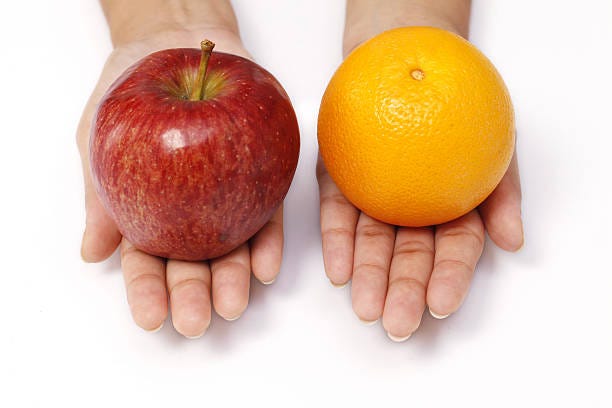
Fruit yield per hectare refers to the quantity of fruit produced on one hectare (ha) of cultivated land in a year. It is typically expressed in metric tons per hectare (MT/ha) and is influenced by:
- Genetic potential of crop varieties
- Agro-climatic conditions
- Farming practices
- Irrigation and fertilization
- Pest and disease management
- Harvesting techniques
High yield per hectare signifies efficient land use, better technological integration, and economic profitability, making it a crucial metric for researchers and policymakers.
Top Fruit-Producing Countries: A Snapshot
Before diving into yields, here’s a quick look at major global fruit producers by volume (FAOSTAT, 2024):
- China – Largest overall fruit producer
- India – Major producer of mangoes, bananas, guavas
- Brazil – Dominates orange and tropical fruit production
- USA – Leader in apple, grape, and citrus cultivation
- Spain & Italy – Noted for citrus, grapes, and stone fruits
Comparative Analysis: Yield per Hectare of Key Fruits
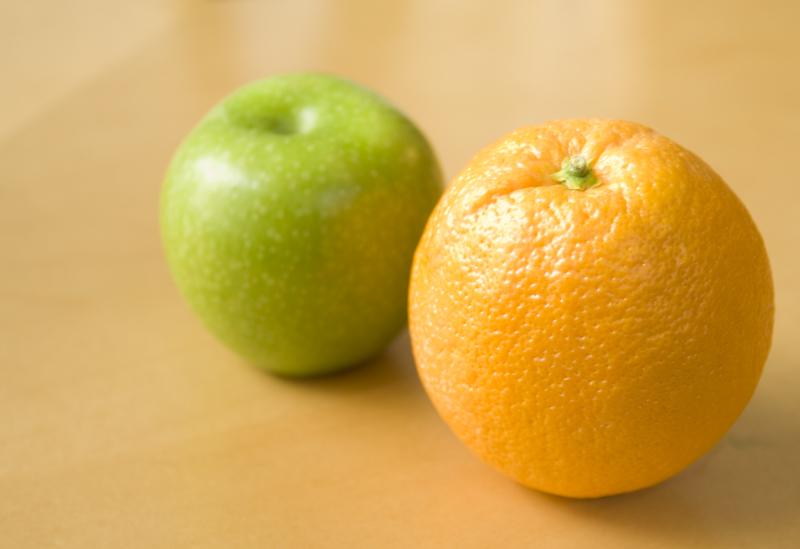
Let’s explore how fruit yield per hectare varies for major fruits across nations.
1. Banana (Musa spp.)
Global Average Yield: ~15 MT/ha
| Country | Average Yield (MT/ha) | Key Notes |
|---|---|---|
| India | 35–40 | High yield due to intensive cultivation and irrigation in Tamil Nadu, Maharashtra |
| Philippines | 30–35 | Export-oriented with disease-resistant varieties |
| Uganda | 7–10 | Subsistence farming, low input usage |
| Ecuador | 25–28 | Export leader, strong agronomic practices |
India leads in banana yield, thanks to scientific farming, dwarf varieties, and high-density planting.
2. Mango (Mangifera indica)
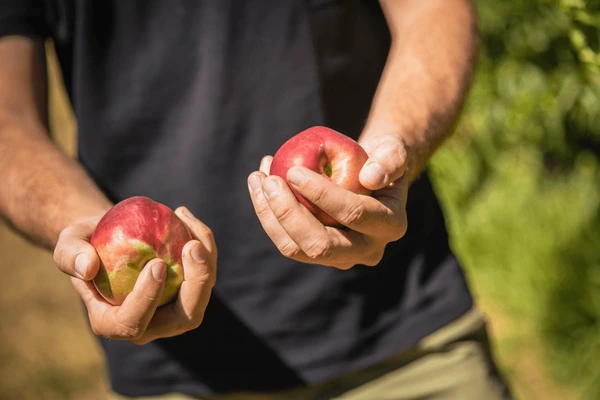
Global Average Yield: ~6 MT/ha
| Country | Average Yield (MT/ha) | Key Notes |
|---|---|---|
| India | 8–10 | World’s largest producer, but yield still moderate |
| Mexico | 12–14 | Better orchard management and post-harvest practices |
| Thailand | 10–12 | Efficient use of intercropping and grafting |
| Pakistan | 6–8 | Traditional methods lower productivity |
Mexico outperforms India in yield due to more commercialized and export-focused practices.
3. Apple (Malus domestica)
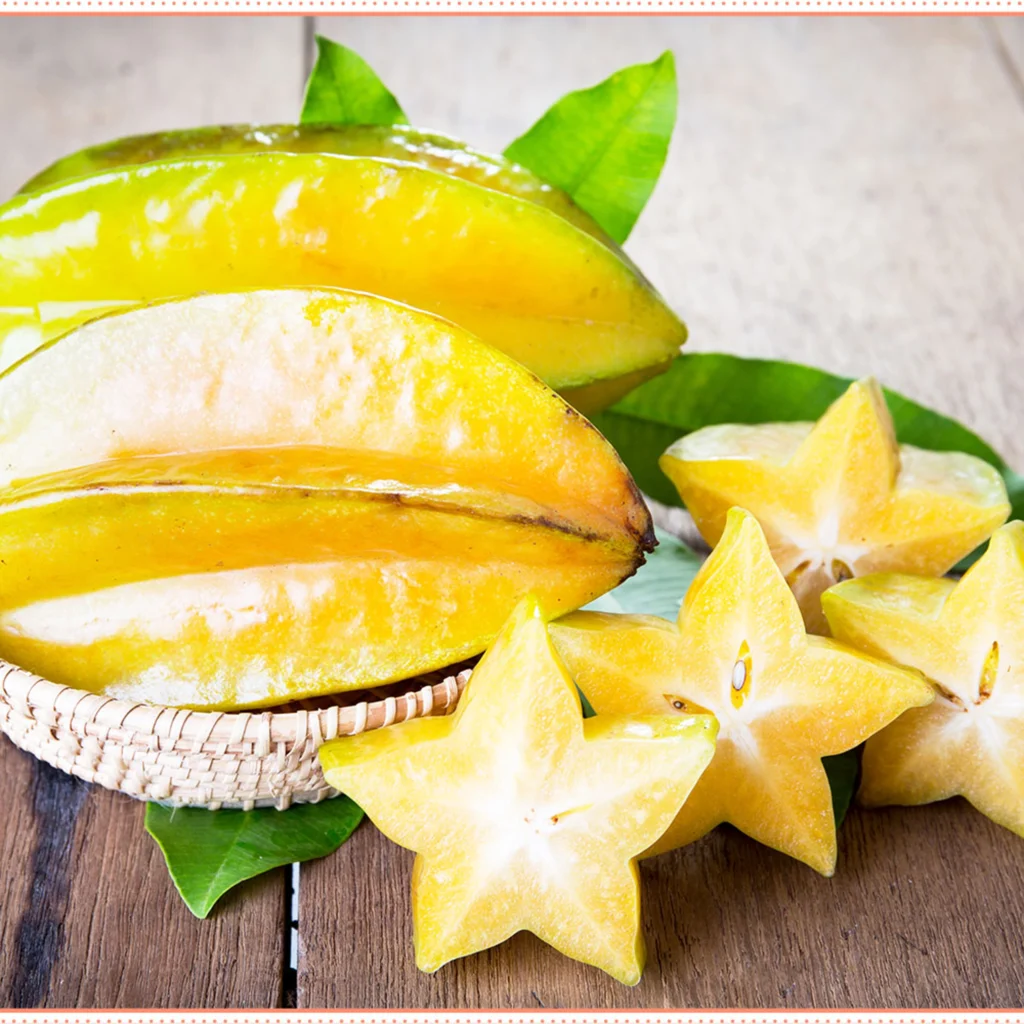
Global Average Yield: ~10 MT/ha
| Country | Average Yield (MT/ha) | Key Notes |
|---|---|---|
| USA | 30–35 | Mechanized, high-density planting in Washington state |
| China | 15–20 | Largest producer, but quality varies |
| India | 8–10 | Hill-based farming limits intensive cultivation |
| Poland | 25–30 | Modern practices, government subsidies for orchards |
The USA leads due to capital-intensive, high-tech farming systems with dwarf apple trees and drip irrigation.
4. Grape (Vitis vinifera)

Global Average Yield: ~10 MT/ha
| Country | Average Yield (MT/ha) | Key Notes |
|---|---|---|
| Italy | 14–18 | Balanced between table grapes and winemaking |
| USA (California) | 18–22 | Mechanized viticulture and favorable climate |
| India | 25–30 | Highest yield due to tropical off-season production cycles |
| Spain | 10–12 | Dryland farming limits productivity |
India’s grape yield per hectare is among the highest globally due to favorable off-season production that avoids fungal diseases.
5. Citrus Fruits (Oranges, Lemons, etc.)
Global Average Yield: ~12 MT/ha
| Country | Average Yield (MT/ha) | Key Notes |
|---|---|---|
| Brazil | 25–30 | Top orange juice exporter; large plantations |
| USA (Florida) | 15–18 | Advanced pest control, but declining due to citrus greening |
| Spain | 20–22 | Strong export infrastructure and drip irrigation |
| India | 10–12 | Variable quality, traditional methods dominate |
Brazil’s orange plantations are among the most efficient in the world, benefiting from large-scale, mechanized operations.
Key Factors Driving Yield Differences
1. Agroclimatic Conditions
- Tropical fruits like mangoes and bananas thrive in equatorial climates with ample rainfall.
- Apples and grapes need chilling hours and dry harvest conditions.
2. Technology and Mechanization
- Countries like the USA, Spain, and Italy adopt mechanical pruning, GPS-enabled irrigation, and post-harvest automation, boosting yields.
3. Soil Fertility and Management
- Balanced nutrition, crop rotation, and organic matter play crucial roles.
- Overuse of fertilizers in some developing countries harms long-term yield potential.
4. Policy Support and Subsidies
- EU nations receive agricultural subsidies, which support infrastructure and innovation.
- In contrast, small farmers in Africa and South Asia often lack institutional support.
5. Access to High-Yielding Varieties
- Hybrid and grafted varieties drastically improve yield.
- The Philippines and India have developed specialized cultivars tailored to specific climates.
Sustainability vs. High Yield: A Balancing Act
While high yields are desirable, sustainability should not be sacrificed. Some countries achieve high short-term yields through excessive water and chemical use, which can degrade soil and reduce productivity over time.
Sustainable practices that maintain high yields:
- Integrated Pest Management (IPM)
- Organic and regenerative agriculture
- Rainwater harvesting
- Controlled drip irrigation
- Agroforestry integration
Emerging Trends and Opportunities
1. Precision Farming
- Use of drones, satellite imagery, and AI to monitor crops, predict yields, and minimize inputs.
2. Climate-Resilient Crops
- Developing fruit varieties that withstand droughts, floods, or pests.
3. Vertical and Urban Farming
- Small-scale fruit production using hydroponics and aeroponics to boost local food security.
4. Export-Oriented Cultivation
- Countries shifting focus from quantity to quality and compliance with international standards, enabling access to high-paying markets.
Conclusion
Comparing fruit yield per hectare across nations reveals valuable insights into the efficiency, innovation, and sustainability of global agricultural systems. High yields are not merely a result of favorable weather—they stem from strategic investments in technology, research, infrastructure, and education.
Developing countries, despite often having fertile land and favorable climates, lag behind due to limitations in access to knowledge, quality inputs, and market connections. Bridging this yield gap holds immense potential to improve food security, boost rural incomes, and enhance export competitiveness.
As global challenges like climate change and population growth intensify, countries must shift from quantity-driven to efficiency-driven agricultural models. Comparing yield metrics offers a starting point for that transformation—one hectare at a time.

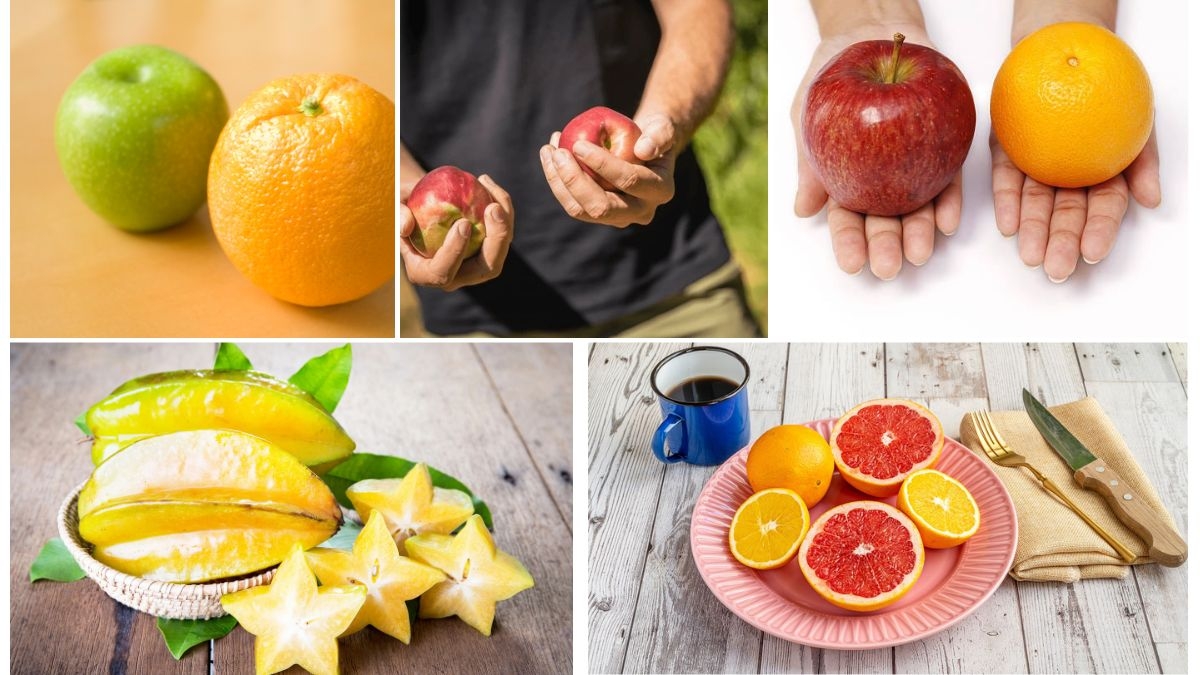
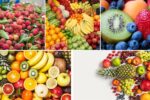
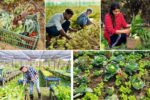
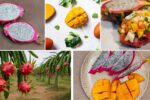

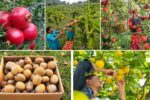
Leave A Comment